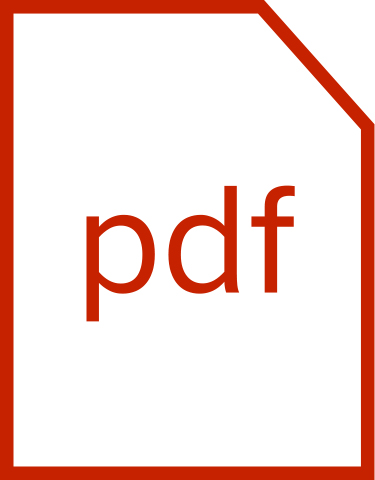AAMC Data Shows Number of Female Medical School Enrollees Reaches 10-Year High
Washington, D.C. (PRWEB) November 01, 2016 -- The number of women who enrolled in medical school rose by 6.2 percent, to 10,474, compared with last year, according to data released today by the Association of American Medical Colleges (AAMC). This is the largest increase since 2006.
The increase comes at the same time that the number of students applying to U.S. medical schools reached a record high of 53,042 in 2016, with first-time applicants—an important indicator that demonstrates interest in careers in medicine—topping previous years’ numbers at 38,782. In addition, the total number of enrollees at the nation’s medical schools topped 20,000 (21,030) for the fourth year in a row, a 27.5 percent increase since 2002. Among first-time applicants, the number of women increased over last year by 5.3 percent, to 19,682. New enrollment in medical school in 2016 was evenly divided between women (49.8 percent) and men (50.2 percent).
“It is gratifying to see the record number of women enrolling in medical school, and that more students than ever are answering the call to serve their communities through careers in medicine,” said Darrell G. Kirch, AAMC president and CEO. “The increase in medical school applicants and enrollees is good news for our growing, aging population, particularly given the real and significant doctor shortage the country is facing in the coming decade.”
The nation’s medical school classes continued to diversify in 2016, with more than 5,400 (5,421) Hispanic, Latino, or individuals of Spanish origin and nearly 5,000 (4,998) black or African American students applying to medical school this year. In terms of new enrollment in 2016, more than 2,000 (2,203) Hispanic, Latino, or people of Spanish origin enrolled in medical school, and the number of black and African Americans enrollees surpassed 1,700 (1,771).
The 2016 applicant pool enters medical school with strong academic credentials, as well as a variety of experience. For example:
- More than three-quarters (76 percent) of applicants had research experience, a slight increase over last year.
- 77 percent of 2016 applicants reported volunteer community service in medical or clinical settings, and 71 percent of applicants had volunteer community service outside the medical and clinical setting.
- The average undergraduate GPA of 2016 applicants remained unchanged at 3.6; the median MCAT score for those who took only the new exam was 502.
“Between 2002 and 2016, U.S. medical school enrollment has risen by more than 27 percent. Increasing the country’s overall supply of physicians, however, requires Congress to lift the cap it imposed in 1997 on federal support for residency training,” said Kirch. “The AAMC supports legislation to increase federal support for residency training—which every medical school graduate requires to practice independently—so that the patients are able to have access to a doctor’s care when they need it.”
The 2016 data charts and a video are available at news.aamc.org.
###
The Association of American Medical Colleges is a not-for-profit association dedicated to transforming health care through innovative medical education, cutting-edge patient care, and groundbreaking medical research. Its members comprise all 147 accredited U.S. and 17 accredited Canadian medical schools; nearly 400 major teaching hospitals and health systems, including 51 Department of Veterans Affairs medical centers; and more than 80 academic societies. Through these institutions and organizations, the AAMC serves the leaders of America’s medical schools and teaching hospitals and their nearly 160,000 faculty members, 83,000 medical students, and 115,000 resident physicians. Additional information about the AAMC and its member medical schools and teaching hospitals is available at http://www.aamc.org.
Brooke Bergen, Association of American Medical Colleges, https://www.aamc.org/, +1 (202) 828-0419, [email protected]

Share this article